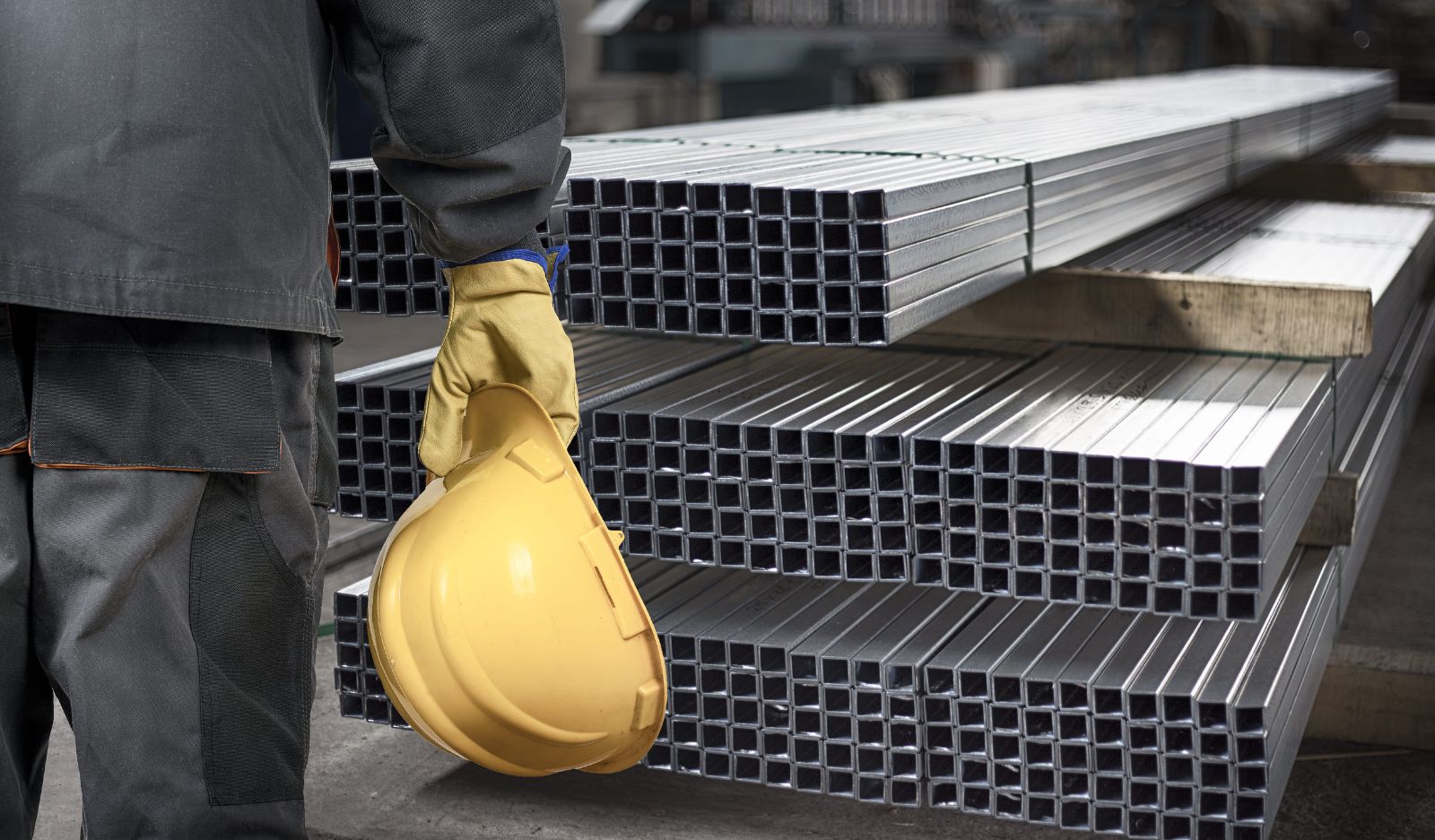Utilised for its strength, versatility, and great value, steel is one of the most widely used materials in construction. Steel fabrication is the process of transforming basic steel sections into predefined shapes that are ready to erect and install. But what does this entail? Let’s take a look!
Steel fabricators working from highly detailed drawings created by steel drafters and detailers. The fabricator’s job is, essentially, to bring those plans to life, which requires an extensive knowledge of the properties of steel and an extremely keen eye for detail.

Steel is one of the most widely used materials in building and construction but does the steel fabrication process entail? Let’s take a look.
The Steel Fabrication Process
Let’s take a look at the basics of the steel fabrication process:
Shot blasting – Basic steel sections need to be prepped before the fabrication process can begin. This entails ‘shot-blasting’ the sections, which provides a clean finish that will be easy to weld as well as a rough surface that will accept paint.
Cutting – A range of techniques and apparatus are used to cut steel sections, such as circular saws, flame cutting or plasma cutting techniques. This makes sections easier to work with moving forward.
Bending – Many modern architects incorporate curved steel elements into their designs. This requires the fabricator to use various rolling and bending techniques.
For example, steel can be passed through a set of bending rolls numerous times until the right level of curve has been established, while press braking can be used for more straightforward bends involving lengths of steel up to 12 metres long.
Welding – Welding is an integral component of the steel fabrication process. Welding is required to attach fixtures and fittings and to prepare connections for installation on site.
This involves useing high heat to melt the parent material along with whatever is being attached to it, so that as the weld pool solidifies the two materials are fused together.
Finishing – Once a steel section is complete it may need to be finished in a certain coating. This is required for a range of aesthetic and practical reasons such as to protect the steel against corrosion and fire or to provide a custom look when requested by the architect.
If you are in need of quality steel fabrication contact Steel Fabrication Services today.
Our team of expert structural steel fabricators have the experience and knowledge to answer any of your questions and will ensure that you find the best solution to suit your needs.
To contact us today, simply call, fax, email or drop by our Brookvale location.
